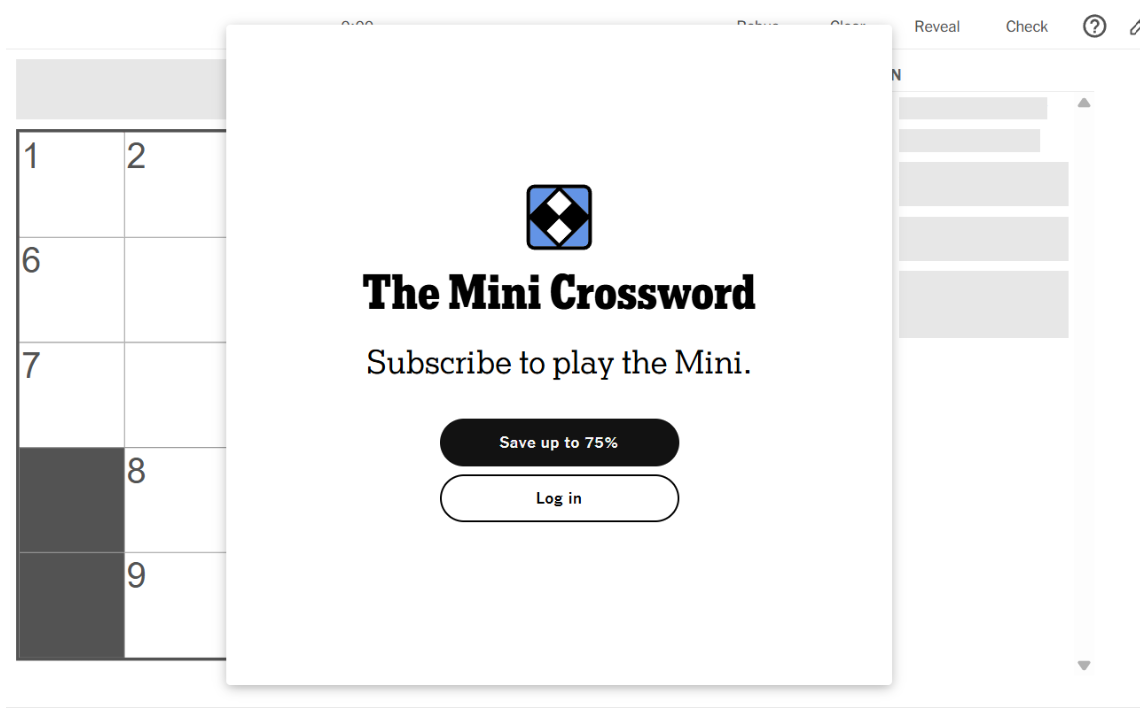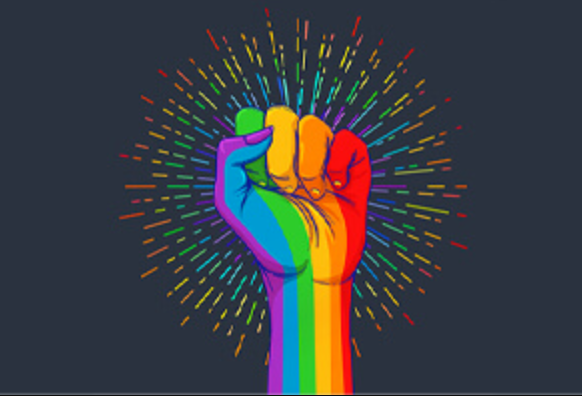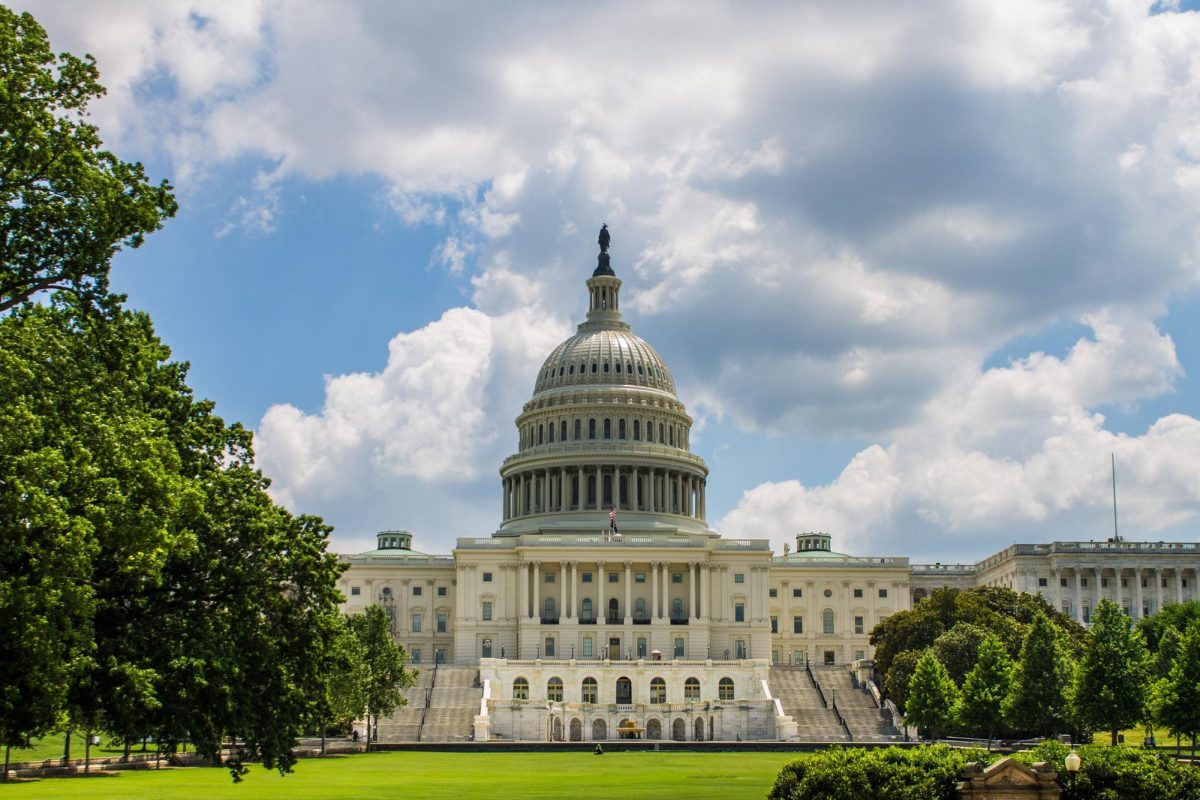Previously published Mar 18. 2021
President Biden’s proposed legislation, a $1.9 trillion coronavirus relief bill, has come to fruition, with the Senate approving the bill on March 6, 2021, and President Biden signing it into law on March 11, 2021.
The proposed COVID-19 relief bill is a costly package, with direct payments up to $1,400 for most Americans, a $300 weekly boost for the unemployed until September of 2021, and an extension of the child tax credit by one year, an act that provides credits of up to $2,000 for any child under the age of 17 who is an American citizen. The relief package will also provide funds for the distribution and testing of the coronavirus vaccine, reopening costs for K-12 schools, and housing assistance for struggling households. The package also offers a $14 billion payroll support for United States airlines in exchange for not decreasing workers’ pay rates.
The proposed bill first went to the Senate, where heavy debate ensued among members of congress. In support of Biden, the Democrats of the Senate approached the voting process holding the majority of seats, aiming to get the legislation to President Biden by the March 14 deadline to renew unemployment aid programs. The bill was polarizing, resulting in conservatives questioning the hefty amount of money that the package costs and if America’s economy is in an appropriate state to be engaging with such expensive packages.
Nevertheless, on March 6, the Senate passed the relief pill with a 50-49 party-line vote. The bill was passed through budget reconciliation, a process that necessitated a simple majority of the Senate vote. To accomplish this goal, Democratic senators scrambled to gain everybody’s vote in their party, making changes and additions to the bill to please their fellow senators.
After the Senate vote, Biden stated that the process “wasn’t easy, it wasn’t always pretty, but it was so desperately needed.” Currently, the House has approved the legislation and has been signed into law by President Biden.

















![Teacher [Milk] Tea: Part 2](https://bisvquill.com/wp-content/uploads/2024/03/Screen-Shot-2024-03-19-at-9.28.48-PM.png)

































